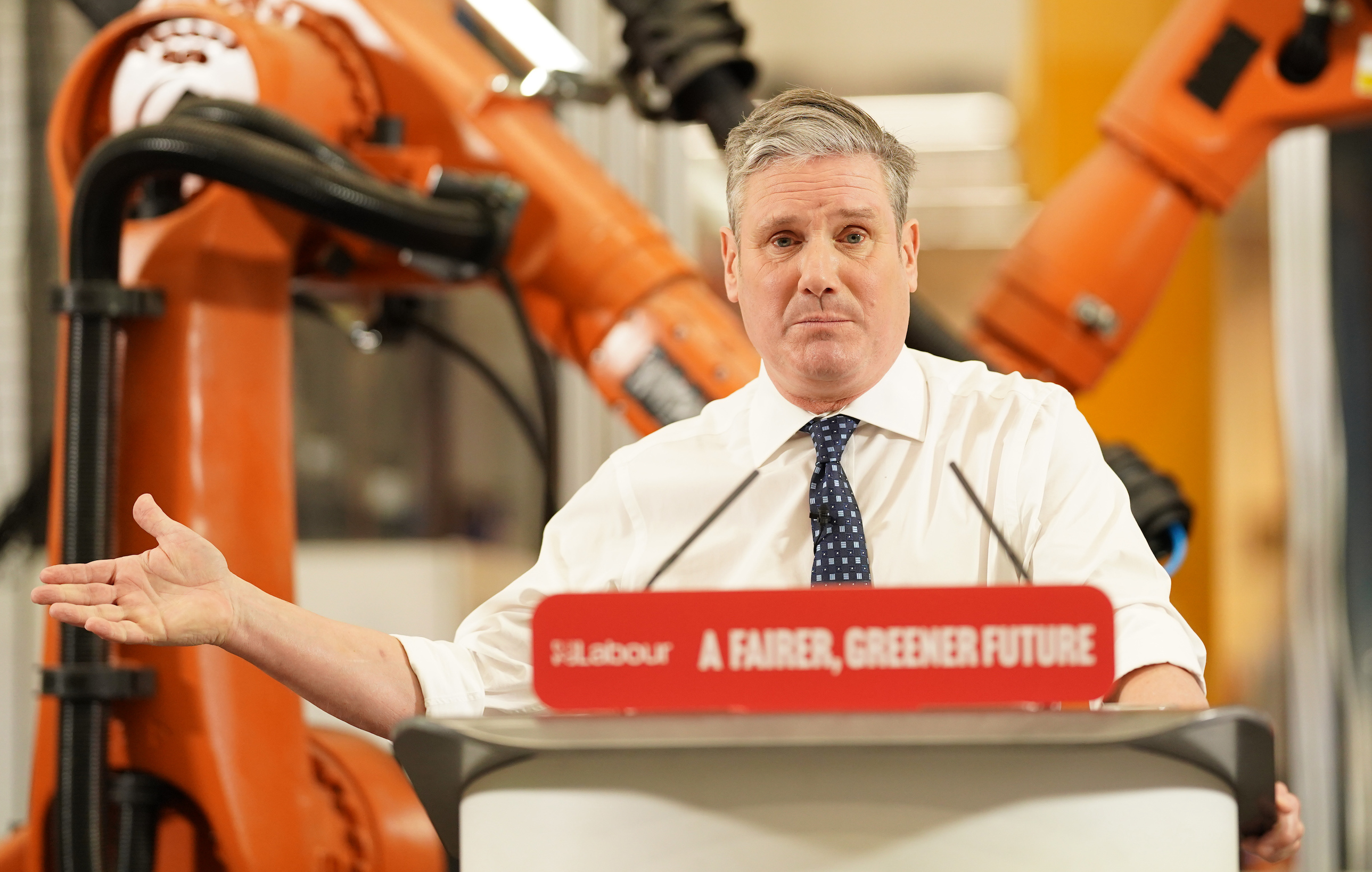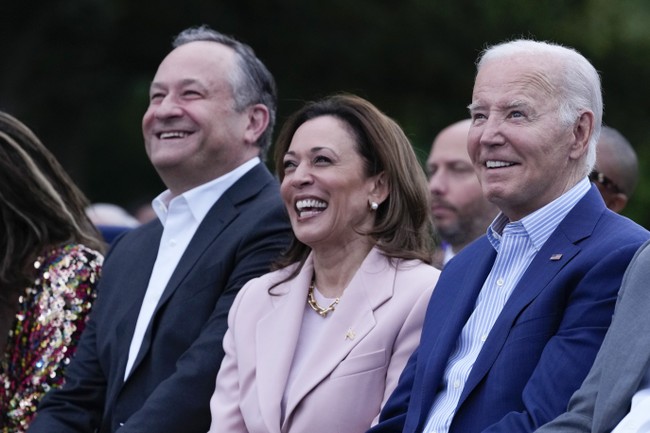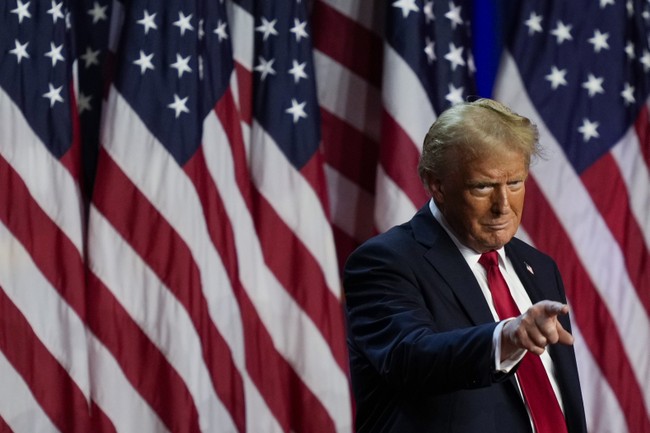Take Back Control. These infamous three words, devised by the official Vote Leave camp during the 2016 EU referendum campaign, should strike fear into the heart of any devout anti-Brexit activist. It is this rhetorical flourish, repeatedly incessantly through 2016-2019, to which behavioural and political scientists alike attribute the success of the Brexit campaign.
There is no denying the political power of the slogan. Dominic Cummings, the scheming mind behind Take Back Control, has written whole blogs dedicated to its much-maligned genius. He credits the “back” aspect of the slogan with evoking a powerful evolved instinct: the fact that we hate losing things, especially “control”.
Now Keir Starmer, a trenchant advocate of “remain” throughout the Brexit saga, has shamelessly stolen the slogan for his own ends. In the Labour leader’s first speech of 2023 on Thursday, Sir Keir promised to “embrace” the Brexit-securing message as part of a broader mission to deliver a “decade of national renewal”
Jacket off, sleeves rolled up and framed against a backdrop of heavy machinery, you will be forgiven for thinking that an election was already underway. Certainly, there is no doubting the level of electoral calculation that went into Starmer’s carefully choreographed performance.
Young gundog handlers urged to enter Crufts 2023

BASC Scotland raises concerns over firearms licensing report
“We will embrace the take back control message — but we will turn it from a slogan into a solution, from a catchphrase into change”, Starmer rallied. It was the set up for the announcement of new policy, the so-called “take back control bill”, set to appear in the first King’s speech of a Labour government.
In essence, the proposed legislation is a deftly repackaged version of Gordon Brown’s constitutional report. Correcting the ad hoc process councils have to go through to negotiate a devolved settlement, it is designed to institute a legal framework for a full programme of devolution. The bill would offer communities sweeping new powers over sectors such as childcare provision, culture, transport, employment provision and housing.
The key difference between Starmer’s speech and Brown’s report is framing. In dressing Brown’s devolution proposals in the discursive trappings of post-Brexit “control”, Starmer wants to capitalise on the same anti-Westminster sentiment Cummings exploited in 2016. It is about embracing lost “red wall” voters with a familiar message.
But for Starmer, who labelled the Brexit vote a “catastrophe” when he resigned from Jeremy Corbyn’s front bench as a shadow immigration minister in 2016, this is a conversion of damascene proportions. The one-time remainer-in-chief will now face accusations of Brexit hypocrisy from both sides of the remain-leave divide.
A post-Brexit vision for Labour
Through the Corbyn years, the Labour Party was neither a wholeheartedly remain vehicle, nor did it own a version of Brexit. But since Starmer took over as Labour leader in 2020, crafting such a vision has been a priority.
Acknowledging his remain-voting past on Thursday, Starmer told attendees that he “couldn’t disagree with the basic case” of the Leave campaign. “It’s not unreasonable for us to recognise the desire for communities to stand on their own feet, it’s what Take Back Control meant”, the Labour leader added.
It is undoubtedly true that when the UK voted to leave the European Union in 2016, feelings ran far deeper than mere disdain for Brussels. Starmer now senses that the feeling of powerlessness that informed the 2016 vote is fertile ground for Labour initiative.
So in contrast to the Conservative vision for Brexit, defined by the abstract notion of “sovereignty”, fears over immigration and burdensome EU regulation, Starmer wants to retell the story through the lens of localism and “levelling up”. It marks an audacious attempt to side-step issues surrounding Brexit and focus on the much-foretold, if largely illusory, promised land beyond. It is a tactic the Leave campaign followed from the very beginning.
Above all, the “take back control bill” underlines the growing confidence within the Labour leader’s office that Starmer can take on the Conservatives in their own backyard. The Labour leader now wants to defenestrate Sunak entirely, leaving the Conservative party intellectually limbless by the next election, expected in 2024.
The risks
But there are risks to Starmer’s new approach. By pinching the very phrase that he was so vehemently opposed to as a Remainer, Conservatives can paint Starmer as a shifty managerialist driven purely by electoral calculation. Duly, foreign secretary James Cleverly rubbished Starmer’s speech on Thursday as a “whole load of nothing”.
It is also the case that no level of creative sloganeering will enthuse those who remain deeply opposed to Brexit. A new poll conducted for GB News has found a 9-point lead for rejoining the EU (42 per cent to 33 per cent) — the data underlines that Starmer risks misreading the mood of the country in adopting Cummings’ Take Back Control slogan. While Starmer says devolution will be the “centrepiece” of Labour’s first legislative program in government, localism, no matter the discursive trappings, will prove no silver bullet to Britain’s post-Brexit troubles. There is no hiding that the UK’s economy is still the worst performing in the G7.
2024 priorities
Both Labour and the Conservative party want to tell a consistent story in the lead-up to 2024. For Sunak, this is about Conservative “priorities” vis-a-vis the economy, the NHS and small boats; for Starmer, the strategy is based on stealing Conservative thunder on Brexit and levelling up, becoming more comfortable with issues hitherto considered taboo in Labour circles.
It sets up a fascinating battle between the two party figureheads, as both look to run deeply presidential campaigns. So while the new year political sermons may be at an end, the 2024-focused electioneering has only just begun.





















Discussion about this post